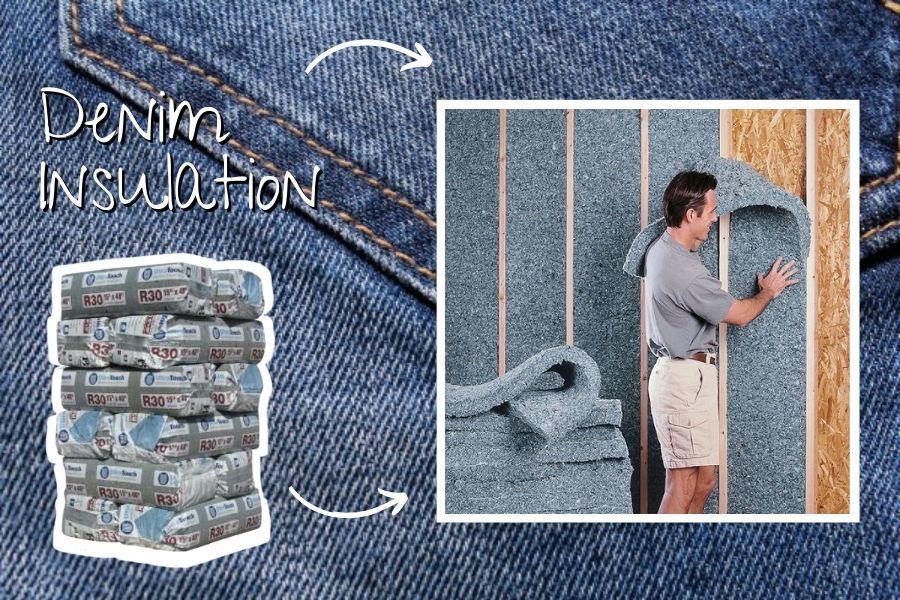Last updated on
Vinyl siding is indeed recyclable, and can be transformed into a variety of new products including pipes, flooring, and even new siding.
Key takeaways:
- Vinyl siding can be recycled into pipes, flooring, and new siding.
- Recycling reduces landfill waste and conserves resources and energy.
- Cleaning and transportation are crucial steps in the recycling process.
- Contamination and hazardous additives are challenges to vinyl siding recycling.
- Alternatives to recycling include repurposing and donation programs.
Understanding Vinyl Siding
Vinyl siding, predominantly composed of polyvinyl chloride (PVC), is a durable material widely used to clad the exteriors of homes for its resistance to weather and low maintenance requirements.
Its longevity often spans several decades, but it eventually raises questions of disposability at the end of its useful life.
The material’s makeup presents both opportunities and challenges for recycling due to the presence of various additives, such as UV stabilizers and impact modifiers, which are incorporated to enhance performance characteristics.
While the core component, PVC, can technically be recycled, it’s the complexity of the siding’s full composition that dictates the feasibility of the recycling process.
Understanding this complexity is crucial for assessing whether vinyl siding can enter a new lifecycle or if it must be discarded by other means.
Importance of Recycling Vinyl Siding
Recycling this common exterior material diverts sizable quantities from landfills, where it could persist for centuries. When vinyl siding is recycled, it reduces the demand for virgin materials, thus conserving resources and energy.
Additionally, recycling limits emissions associated with producing new vinyl, playing a role in reducing environmental pollution. Moreover, by finding new life in products like piping or cables, recycled siding supports a circular economy, enhancing sustainability in the construction industry.
Finally, responsible recycling can mitigate potential health hazards caused by the improper disposal of PVC, the plastic resin in vinyl siding that can release harmful chemicals if not handled correctly.
Steps to Recycle Vinyl Siding
Before starting the recycling process, vinyl siding must be free of attachments such as nails, foam backing, and fixtures. Initiating with a clean material stream is crucial to ensuring the recycled product’s quality.
First, collect the vinyl siding and transport it to a recycling facility that accepts this material. Not all centers handle vinyl, so it’s essential to confirm beforehand.
During recycling, the siding undergoes grinding into smaller chips or flakes, which are then thoroughly cleaned to eliminate any remaining impurities. This step is vital in preventing contamination of the recycled product.
Post-cleaning, these vinyl chips are melted and reformed into pellets. These pellets serve as raw materials for creating new vinyl products, closing the loop on the recycling process.
Innovations in recycling technologies continue to enhance the efficiency of this process, allowing for more sustainable reuse of vinyl siding in various applications.
Challenges and Limitations of Vinyl Siding Recycling
The recycling process for vinyl siding presents a unique set of hurdles. One significant complication is contamination. Often, vinyl siding is coated with dirt, paint, or other materials that can disrupt the recycling procedure. This necessitates a thorough cleaning before it can be repurposed, which can be both costly and time-consuming.
Furthermore, not all recycling centers have the capability to process vinyl due to the specialized equipment required. This limited availability often means transportation to distant facilities, incurring extra expenses and increasing the carbon footprint of the process.
Another point of concern is the composition of vinyl siding. Older vinyl sidings may contain additives such as lead or asbestos, which are hazardous and complicate the recycling process. These toxic components require careful handling and disposal, which not all recycling facilities are equipped to manage.
Moreover, the market for recycled vinyl is less robust compared to other materials. This reduced demand can often result in recycled vinyl siding simply being downcycled into lower-value products, which doesn’t fully capitalize on the material’s potential for reuse.
Understanding these challenges is crucial for individuals and industries looking to invest in the sustainability of building materials. As we seek to improve recycling technologies and expand market opportunities for recycled vinyl, addressing these limitations will be pivotal in making vinyl siding recycling more prevalent.
Alternatives To Recycling Vinyl Siding
While recycling is a beneficial process, it might not always be an available option for vinyl siding. As a workaround, exploring alternative uses can extend the life of the material and reduce overall waste.
- Repurposing: Creative repurposing can give vinyl siding new life. For example, it can be used in crafting, as a material for building small structures like sheds, or even as makeshift weatherproofing in certain agriculture or garden setups.
- Reclamation projects: Some companies specialize in reclaiming building materials, including vinyl. They clean and refurbish materials for resale, providing an avenue for extending the lifespan of vinyl siding.
- Donation: It can be donated to organizations like Habitat for Humanity or local schools that have carpentry programs. These organizations can either use or sell them to fund their projects or for educational purposes.
- Manufacturer take-back programs: In some instances, manufacturers may offer take-back programs where they collect old siding to reprocess and create new products.
Considering these alternatives not only aids in reducing landfill waste but also supports circular economy principles by keeping materials in use for as long as possible.
FAQ
Is vinyl a recyclable plastic?
Yes, vinyl is a recyclable plastic, however, the recycling process is difficult and it can only be turned into other PVC products.
Is vinyl siding recyclable in Ohio?
Yes, vinyl siding is recyclable in Ohio, and it can be dropped off at designated recycling centers located in Northeast Ohio or through specialized companies for businesses.
Is vinyl siding plastic?
Yes, vinyl siding is a type of plastic specifically made from polyvinyl chloride or PVC.
Is vinyl siding sustainable?
Vinyl siding is considered sustainable due to its minimal waste production, lower raw material need, and fewer water and energy requirements compared to other building materials such as brick and cement.
How does the recycling process of vinyl siding work?
The recycling process of vinyl siding involves collection, separation, grinding into small pieces, washing, melting, and finally, being remolded into new products.
What are the environmental impacts of vinyl siding?
Vinyl siding production and disposal can lead to the release of toxic chemicals in the environment, contributing to air and water pollution.
Where else in the United States accepts vinyl siding for recycling?
In addition to local recycling programs, some states like New Jersey, Pennsylvania, and Indiana have facilities that accept vinyl siding for recycling.
Related reading:
Table of Contents



